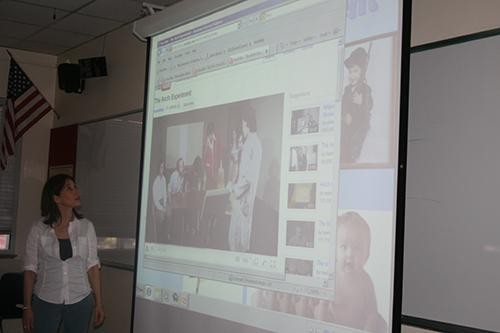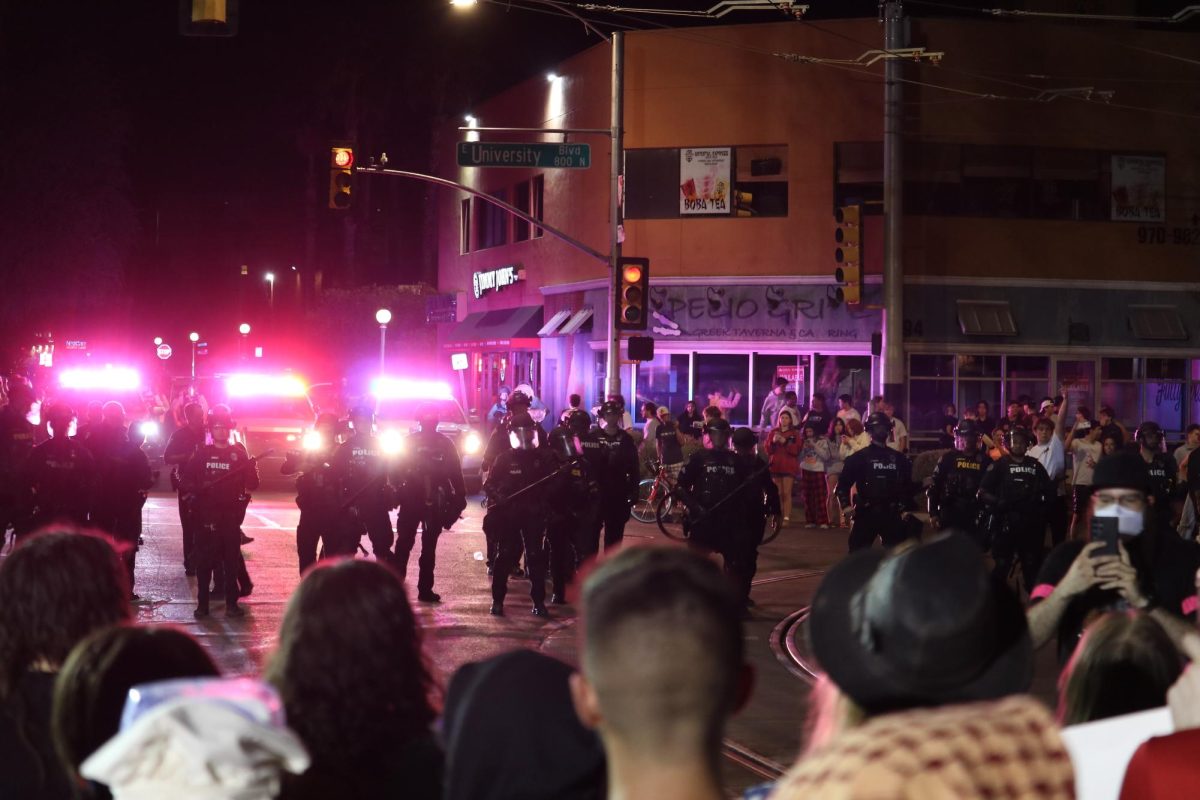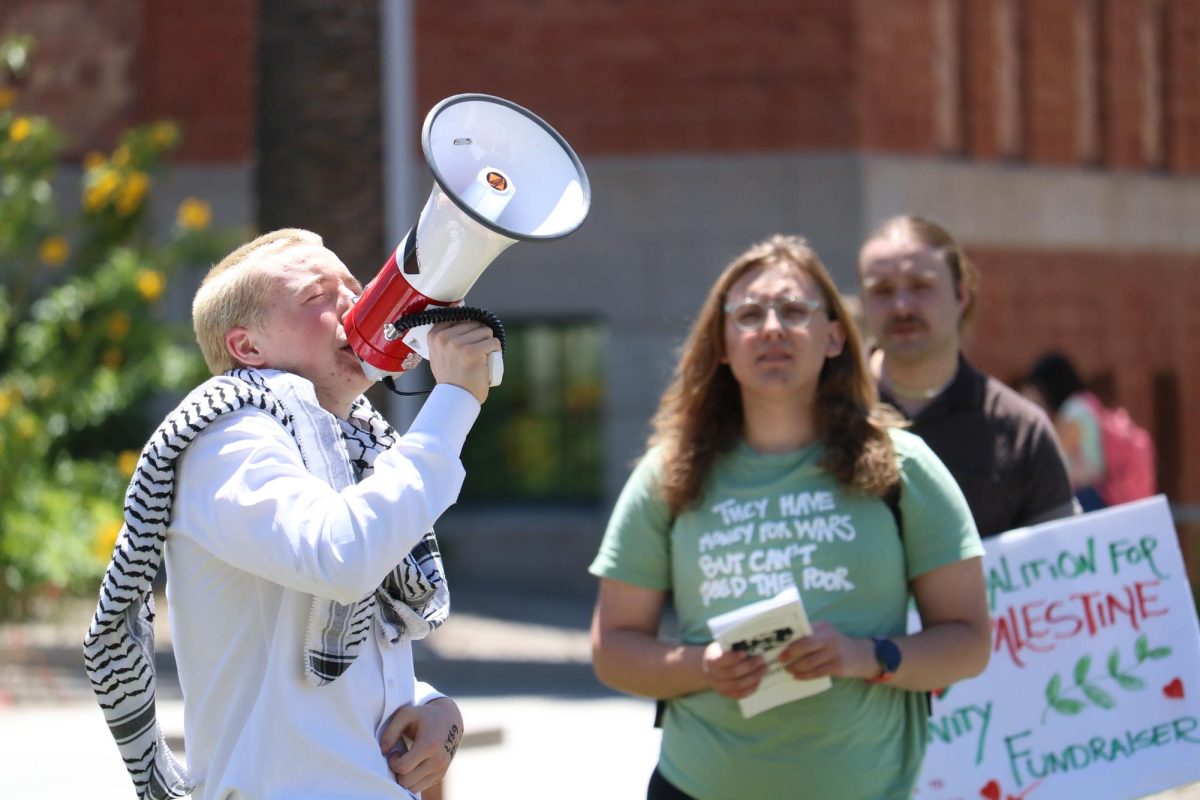Some professors are reaching out to technology-driven students by using social media in class.
More than 50 percent of college professors use social media to enhance their courses, according to a study by Pearson Higher Education. Websites such as Facebook, Twitter and YouTube are being integrated into some classes on campus.
The use of social media holds the attention of students who frequently use the websites in their personal lives, according to Shyam Jha, adjunct lecturer of management information systems.
“”The problem with teaching now is there are too many avenues to distraction,”” he said. “”You can either shut it all down, which is no fun, or engage them (students).””
Jha used Twitter in his operations management course several semesters ago when the website was fairly unknown to students.
“”I decided why not expose students to new technology and see if I could integrate it into the course objectives,”” he said.
Assignments included asking how many days of inventory a retail store carried and tweeting the answer. Jha said he saw a positive reaction from most of those in the more than 200 student course.
“”That was an interactive way to gain the engagement of classes,”” he said.
Jha has since replaced the Twitter assignment but said he constantly tries to incorporate technology in class. He added that because students are already using social media, he wants to use the websites for learning “”as opposed to wasting time.””
“”I will ask them to look something up online in the middle of lecture,”” Jha said, forcing students to leave Facebook to “”do something useful.””
The accessibility of social media has provided more ways to engage students, according to Julie Feldman, adjunct instructor of psychology.
Feldman began teaching at the UA in 1995 when she “”didn’t use much technology at all,”” she said. She now uses YouTube to show psychological experiments or behaviors in large lecture classes.
“”It helps demonstrate concepts that are more abstract,”” Feldman said.
She said the video clips are easily inserted into lectures.
“”It used to be that to put on any clip you had to switch to the VCR or DVD player,”” Feldman said. “”The timing of that, you’d get talking during the switch. With YouTube embedded right into the PowerPoint, you can save time.””
Other professors have had more difficulty incorporating social media into the classroom.
Associate professor C.M. Higgins tried to incorporate Facebook into a graduate-level electrical and chemical engineering course. He said he created the page to access class announcements and discussions after observing his 14-year-old daughter’s constant use of the website.
Students “”liked”” the page but frequently missed announcements, he said.
“”It was a complete failure,”” said Higgins, an associate professor of neuroscience and electrical and chemical engineering. “”No one knew about it.””
Higgins said graduate students did not want to check the website frequently and preferred the “”old-school”” form of discussions. He said social media may be helpful in some courses but did not achieve its objectives in his class.
“”It didn’t work for either one because students weren’t interested in using it,”” Higgins said.
The Honors College introduced an entire course focusing on online communities several semesters ago. Thinking critically about new media is offered for tier two humanities credit.
“”We read various theories written on new media and the effects it has on our learning style and life in general,”” said Harmony Chartier, a junior studying political science and French who took the course last semester.
Chartier said assignments included playing computer games, looking at websites and reflecting on the experiences. She also created a website showing different study spots on campus and promoted it through Facebook.
“”I’m in one way more appreciative and more aware on a critical level (of social media),”” Chartier said.
She said the course was enhanced by the hands-on experience but does not think it is necessary in all classes.
“”I do feel like you learn more the old-fashioned way,”” Chartier said.









